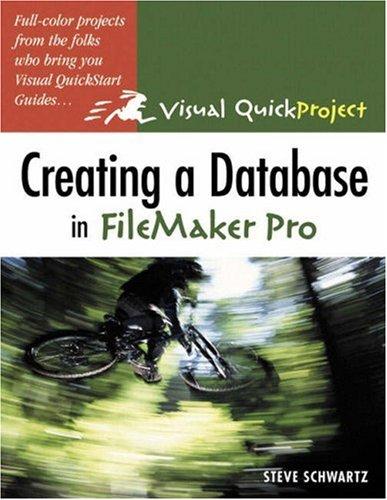

Problem #4 and #5 use the following features to learn the concept Good Movie, which predicts whether a movie is good or not based on several attributes: Movie's budget = { Low, Medium, High } Genre = {Documentary, Drama, Comedy } Famous actors = {No, Yes } Director = {Unknown, Great } The training data for Good Movie is: # Budget 1 Low 2 Low 3 Medium 4 High 5 High 6 High 7 Medium 8 Medium 9 Low 10 Low 11 Low 12 High 13 Low 14 Medium 15 Medium 16 High Genre Documentary Documentary Documentary Drama Comedy Comedy Comedy Documentary Comedy Drama Comedy Drama Drama Drama Documentary Drama Famous Actors Director Yes Unknown Yes Great Yes Unknown Yes Unknown No Unknown No Great No Great No Unknown Yes Great Yes Unknown No Unknown No Unknown No Great Yes Great No Unknown Yes Great Good Movie No No Yes Yes No Yes No No Yes No No Yes Yes Yes Yes Yes Problem #5 [20 points] Based on the GrowTree and BestSplit-Class algorithms and using the entropy impurity function, create a decision tree to learn the Good Movie concept. Show how each node is decided (based on comparing impurity measures), then draw the full decision tree. If there are ties in impurity measures, give higher priority to attributes and values according to their order on page 1: that is, Budget is the highest priority feature and Director is the lowest priority; within Budget, Low is the highest priority value, followed by Medium and then High. [Normally these might be randomly chosen, but we'll use this "inductive bias."] If there are ties to determine a leaf's label, give priority to Yes. Now apply this learned concept (decision tree) to the three test data sets posted on the Assignments page, and list the correctly and incorrectly classified examples (by number), for each test data set. What is the error rate of the decision tree on the training data? On each test data set? Problem #4 and #5 use the following features to learn the concept Good Movie, which predicts whether a movie is good or not based on several attributes: Movie's budget = { Low, Medium, High } Genre = {Documentary, Drama, Comedy } Famous actors = {No, Yes } Director = {Unknown, Great } The training data for Good Movie is: # Budget 1 Low 2 Low 3 Medium 4 High 5 High 6 High 7 Medium 8 Medium 9 Low 10 Low 11 Low 12 High 13 Low 14 Medium 15 Medium 16 High Genre Documentary Documentary Documentary Drama Comedy Comedy Comedy Documentary Comedy Drama Comedy Drama Drama Drama Documentary Drama Famous Actors Director Yes Unknown Yes Great Yes Unknown Yes Unknown No Unknown No Great No Great No Unknown Yes Great Yes Unknown No Unknown No Unknown No Great Yes Great No Unknown Yes Great Good Movie No No Yes Yes No Yes No No Yes No No Yes Yes Yes Yes Yes Problem #5 [20 points] Based on the GrowTree and BestSplit-Class algorithms and using the entropy impurity function, create a decision tree to learn the Good Movie concept. Show how each node is decided (based on comparing impurity measures), then draw the full decision tree. If there are ties in impurity measures, give higher priority to attributes and values according to their order on page 1: that is, Budget is the highest priority feature and Director is the lowest priority; within Budget, Low is the highest priority value, followed by Medium and then High. [Normally these might be randomly chosen, but we'll use this "inductive bias."] If there are ties to determine a leaf's label, give priority to Yes. Now apply this learned concept (decision tree) to the three test data sets posted on the Assignments page, and list the correctly and incorrectly classified examples (by number), for each test data set. What is the error rate of the decision tree on the training data? On each test data set








